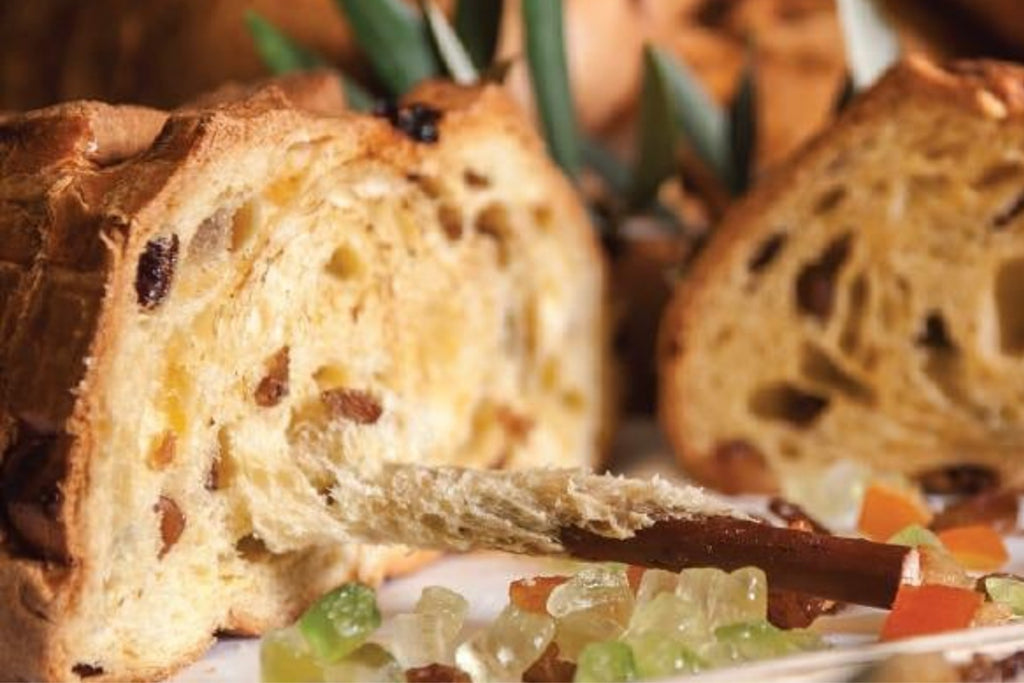This sweet bread is a favorite for Lake Como locals.
Italians love Easter. You could say it’s because of the long weekend brought on by Pasquetta (Easter Monday), but the exquisite holiday delights play a role, too—the baked treats, in particular, like colomba, the fluffy, dove-shaped candied-orange-studded cake topped with almonds and pearlized sugar, and pastiera, the Neapolitan cooked wheat tart with ricotta and orange flower water. Sprinkles and whole eggs decorate sweet breads like Calabrese cuzzupe, Pugliese scarcelle, and Sicilian cuddura cu l’ova. And speaking of Sicily, cassata, the extravagantly decorated ricotta and marzipan cake, is one of the island’s Easter table staples.
Though Lake Como’s popularity is enduring, its local food traditions are often overshadowed by the destination’s reputation for glitz and glamor. Few know that come Easter, the lake’s locals slice into a lesser-known, though no less beloved, sweet bread: la resta di Como. Of the cake’s origin stories, the most prevalent dates back to 1820 and is rooted in serendipity. 
According to local lore, an osteria owner got a little too heavy-handed with yeast when preparing the dough for pandolce, a dense sweet bread packed with raisins and candied fruit. The batter overflowed, prompting him to press it down with a wood stick to prevent further spillage. He flattened the dough with a knife, then etched a herringbone shape into the top, little knowing he had impacted the course of Comasco culinary history.
Como native Luca Casati is part of the fourth-generation team at Luisita, a cafe, bakery, and gelateria in Como’s old town founded by his great-grandmother (the shop’s namesake) in 1921. “La Resta was not born as an Easter cake,” he explains, adding that its characteristics eventually led to its affiliation with the holiday.

Luisita's resta di Como bread
While most people may see the design etched into the top of the resta as a stalk of wheat, Casati points out that for lake dwellers, it’s more akin to a fishbone—hence the name. Resta is derived from resca, which means fishbone in the Comasco dialect, and fish often represent Jesus in Christian art and symbology. The other Easter link is that, per tradition, the resta dough gets wrapped around an olive branch, a symbol of the resurrection and Palm Sunday, before it’s placed in the oven.
Luisita added the resta to its repertoire in the 1980s, and it’s one of the best spots in town to try it. If you’re not visiting the lake during the Easter season, rest assured that the resta won’t elude you—Luisita sells it year-round.
Not traveling to Lake Como this season? Make a loaf of delicious resta di Como right at home!
















0 comments